Retrospective of Rome: Total War – Barbarian Invasion
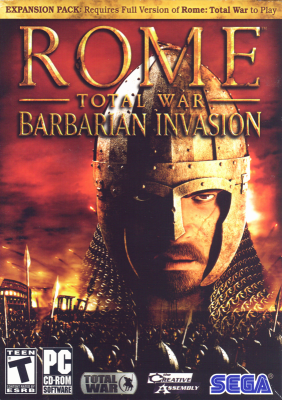 “The decline and fall of Rome was a slow and agonizing process, marked by internal strife, foreign invasions, and the erosion of moral values.” – Edward Gibbon
“The decline and fall of Rome was a slow and agonizing process, marked by internal strife, foreign invasions, and the erosion of moral values.” – Edward Gibbon
By Patrick S. Baker
Rome: Total War – Barbarian Invasion (Barbarian) is the first expansion pack for the critically acclaimed strategy game, Rome: Total War. Released just a year and five days after the release of the Rome: Total War, critics and players have a split opinion about expansion pack.
Some critics felt there was barely enough new material to justify an expansion pack. Others felt that Barbarian could have been released as an entirely new game.
The Imperial Campaign in Rome: Total War starts in 270 BC, when the Roman Republic completed the conquest of Italy and ends in 14 AD, with the death of Augustus. The campaign in Barbarian starts in 363 AD, with the death of the Emperor Julian, concluding the efforts to restore paganism in the Empire and ends in 476 AD with the fall of the Western Roman Empire.

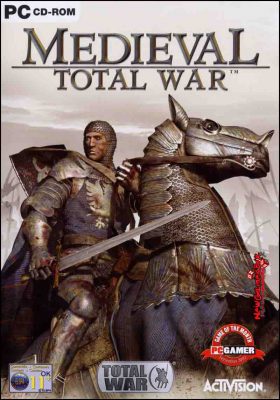
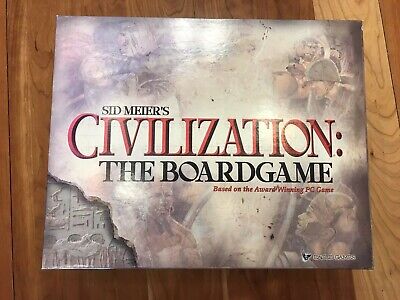 — Create a civilization to stand the test of time!
— Create a civilization to stand the test of time!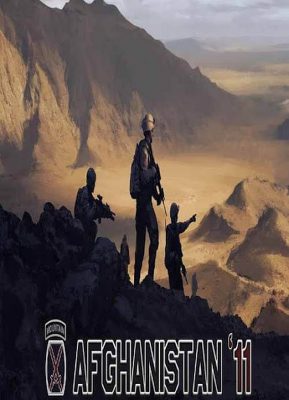 The art of coalition command … in Afghanistan … is to take the resources you are provided with, understand what the strengths and weaknesses are and to employ them to the best overall effect. – David Petraeus
The art of coalition command … in Afghanistan … is to take the resources you are provided with, understand what the strengths and weaknesses are and to employ them to the best overall effect. – David Petraeus
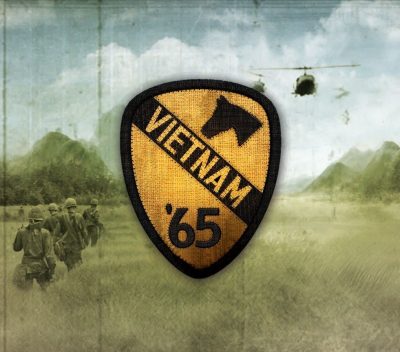 “We are fighting a war with no front lines, since the enemy hides among the people, in the jungles and mountains, and uses covertly border areas of neutral countries. One cannot measure [our] progress by lines on a map.”—General William C. Westmoreland
“We are fighting a war with no front lines, since the enemy hides among the people, in the jungles and mountains, and uses covertly border areas of neutral countries. One cannot measure [our] progress by lines on a map.”—General William C. Westmoreland

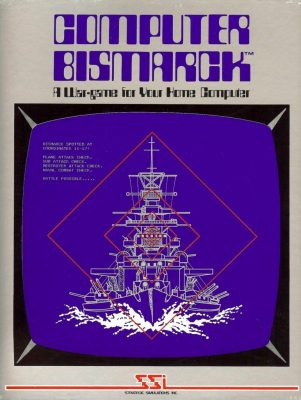 “In May of 1941 the war had just begun, The Germans had the biggest ship that had the biggest guns
“In May of 1941 the war had just begun, The Germans had the biggest ship that had the biggest guns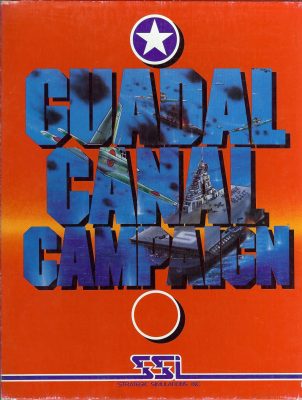 “Before Guadalcanal, the enemy advanced at his pleasure—after Guadalcanal, he retreated at ours.” – Adm. William F. (Bull) Halsey, USN
“Before Guadalcanal, the enemy advanced at his pleasure—after Guadalcanal, he retreated at ours.” – Adm. William F. (Bull) Halsey, USN